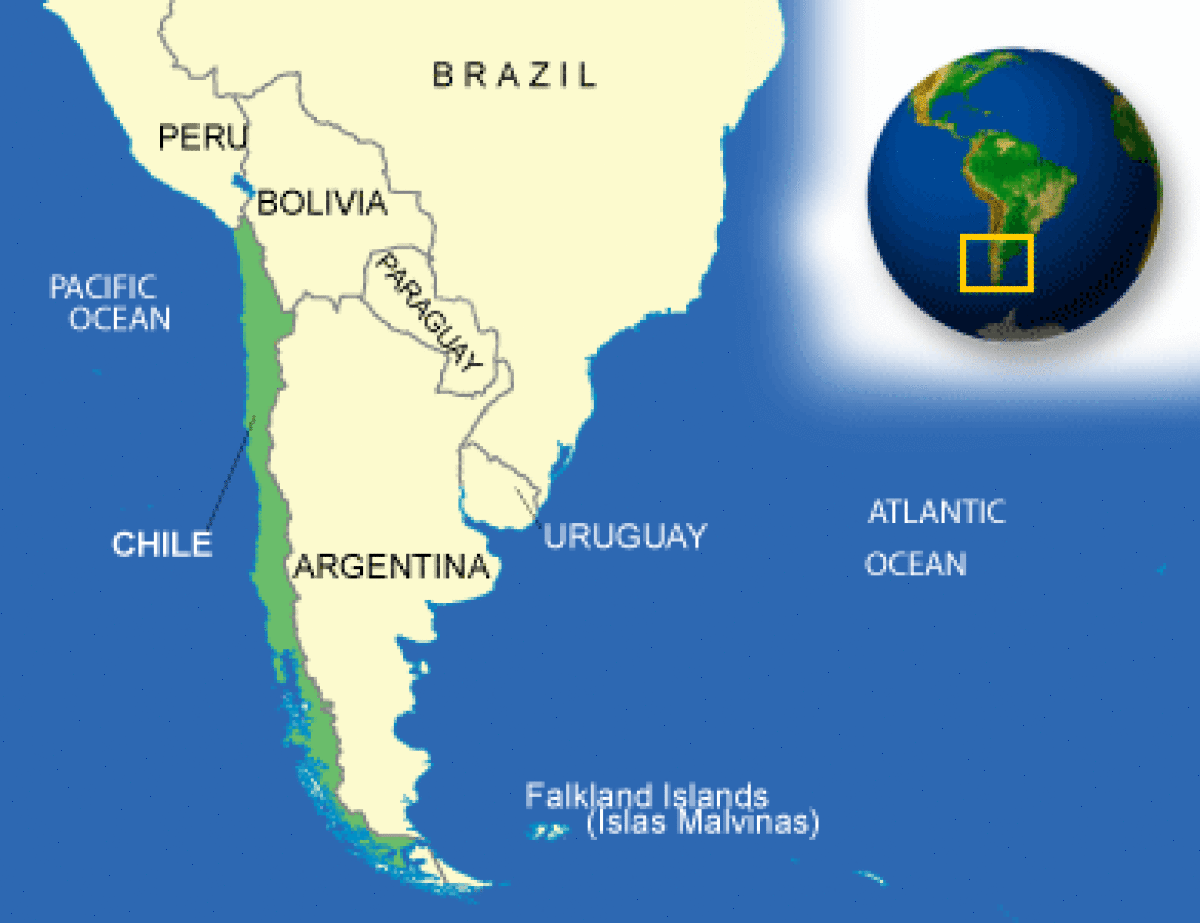Description

Disclaimer: Copyright infringement not intended.
Context: Union Minister G Kishan Reddy inaugurates National Landslide Forecasting Centre and Launches Bhusanket Web Portal & Bhooskhalan Mobile App.
Details
Geological Survey of India (GSI)
|
Establishment and Initial goal
|
- 1851.
- To find coal deposits for the Railways.
|
|
Headquarter
|
|
|
Regional Offices
|
- Lucknow, Jaipur, Nagpur, Hyderabad, Shillong
- State unit offices in almost all states of the country.
|
|
Ministry
|
|
|
Evolution
|
- Status of a geo-scientific organization.
|
|
Main functions
|
- To creating and updating of national geoscientific information and mineral resource assessment.
|
|
Objectives are achieved through
|
- Ground surveys, air-borne and marine surveys.
- Mineral prospecting and investigations.
- Multi -disciplinary Geoscientific, Geo-Technical, Geo-Environmental and natural hazards studies.
- Glaciology , Seismo-Tectonic Study and carrying out fundamental research.
- Documentation of all geological processes both surface and subsurface, of the country and its offshore areas
|
|
Exploration of Critical Minerals
|
- Number of exploration programs for critical minerals has increased from 127 in 2023 to 196 out of total number of 450 exploration programmes in 2024.
|
|
Recent Developments
|
|
National Landslide Forecasting Centre (NLFC)
|
Launch of the Web Portal and the App
|
- It is a pioneering initiative aimed at landslide hazard mitigation in India.
- It will in due course issue early warning bulletins for all landslide-prone states, operationalizing the regional Landslide Early Warning System (LEWS) nationwide by 2030.
- It will provide early information to local administration and communities.
- It will update landslide inventories, and integrate real-time rainfall and slope instability data for enhanced forecasting accuracy.
|
- This web portal will facilitate the dissemination of relevant data and information on landslide hazards, initiating short-range and medium-range landslide forecasting in the country.
- Integrated with the Bhusanket Web Portal, the Bhooskhalan Mobile App will enable quick dissemination of daily landslide forecasts and allow stakeholders to share and update spatial and temporal information on landslide occurrences.
|
|
Landslide and Landslide prone areas in India
- Landslides, a type of mass wasting, is defined as the rapid movement of a mass of rock, debris, or earth down a slope.
- Landslides and avalanches are among the major hydro-geological hazards that affect large parts of India besides the Himalayas, the Northeastern hill ranges, the Western Ghats, the Nilgiris, the Eastern Ghats and the Vindhyans, in that order, covering about 15 % of the landmass.
- Himalayas and Western Ghats are particularly susceptible to landslides due to hilly topography and heavy rainfall. (Reason: The northward movement of the Indian plate towards China causes continuous stress on the rocks rendering them friable, weak and prone to landslides and earthquakes.)

Causes of landslides
- Natural: Heavy rainfall, undercutting of slopes due to flooding or excavation, earthquakes, snowmelt etc.
- Anthropogenic: Overgrazing, soil erosion due to loss of vegetation, terrain cutting and filling, excessive development etc.
Effects of landslides:
- Loss of life and infrastructure, cultivable land etc.
- Disruption of traffic and isolation of habitations in hilly regions.
- Floods due to diversion of river courses, channel blockages or reducing effectiveness of dams by adding silt load.
Recent examples of landslides
- Varnavat landslide, Uttarkashi District, Malpha landslide Pithoragarh district, Okhimath landslide in Chamoli district, UK and Paglajhora in Darjeeling district as well as Sikkim, Aizawl sports complex, Mizoram.
Initiatives taken by the Government to mitigate the risk of landslides
- National Landslide Risk Management Strategy (2019): Components:
- Hazard Zoning.
- Preparation of Mountain Zone Regulations: Formulation of land use policies and enforcement of building regulations.
- Stabilization and Mitigation of Landslide and Creation of Special Purpose Vehicle (SPV) for Landslide Management.
- National Guidelines on Landslides and Snow Avalanches:Formulated by the National Disaster Management Authority (NDMA), these guidelines provide comprehensive direction for mitigating the risk arising from landslides across all levels.
- Landslide Atlas of India:The Landslide Atlas of India serves as a comprehensive resource detailing landslide occurrences within India’s landslide-prone regions.
- This document includes damage assessments of specific landslide locations. Prepared by the National Remote Sensing Centre (NRSC), a division of ISRO.
Sources:
PIB,NDMA.
|
PRACTICE QUESTION
Q. Landslides are more than just a natural phenomena in modern times. Discuss the statement and suggest the ways to mitigate the disaster. 150 words
|
Array
(
[0] => daily-current-affairs/bhusanket-web-portal
[1] => daily-current-affairs
[2] => bhusanket-web-portal
)














.jpg)


